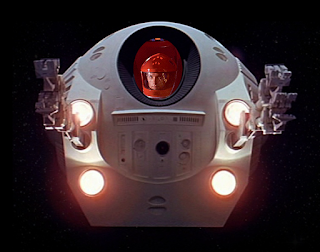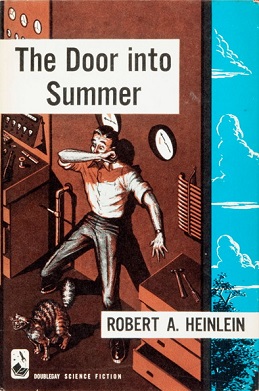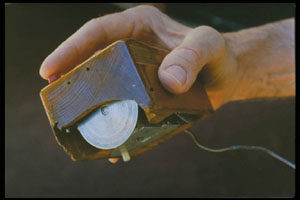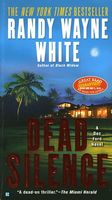 |
| Twin Towers, WTC, NYC © Wikimedia |
Twenty years ago today, on the morning of September 11, 2001, I was at a professional education seminar. About twenty of us were in the class, including by coincidence my wife. These sessions aren't thrills a minute, mostly folks getting needed hours in toward keeping a license, so everyone settled in subdued and broke open their laptops. The speaker got going, and we were in our meeting room bubble as the terrorist attacks began.
2001 is forever ago in technology terms. If people had a snazzy device, it was those tiny Nokia phones with basic text functions and the amber screen. A few people got buzzed on a phone or pager, and others saw the breaking headlines on their computers, but it was really the facility staff that got urgent word to us. There'd been an explosion in New York City. A bomb. No, a plane had flown into the World Trade Center. I'd assumed it must've been a commuter plane off-course, a drunk or deranged pilot. Big planes coming in or out of LaGuardia or Newark wouldn't get that close.
Wisely, the instructor had us break even though we'd barely started. It was clustered around the snack area television that we began to grasp the scale of what'd happened. We didn't know it was an attack yet, but the World Trade Center seemed no coincidence. It'd been a target before. We just watched it happen. If anyone spoke, it was a brief whispered question. A haze of trying to process events had descended, and it would stay over me long afterward. The world changed that morning. We know that now and still grapple with its consequences. In the moment, stunned, we actually tried to restart the class, one eye on the news.
The second plane hit the South Tower.
In retrospect, it helped that my wife and I took this in together. We could see that each other was fine. Rattled, but fine. Back then, this went unspoken, an instinctive flash in a mounting confusion. And we had jobs to do.
I was a regional finance officer then, and our territory included the Eastern Seaboard from Metro DC northward. We had operations to adjust and potentially our patients to secure. We could've had people aboard any of those planes. By the time I made the building, the Pentagon attack had occurred. A co-worker asked what I thought was going on. I said, "I think we're at war."
The rest of that day was spent confirming staff whereabouts and dealing with any local needs. I had several calls with a friend and executive based in the Newark area. She was too busy for outward shock, a pro's pro nurse, but in a quiet moment she told me, "I can see the smoke."
Unlike so many other families that day, our group had no one killed. Stress and coping, but these were some of the toughest people I will ever know. We did have people stranded in various airports, with air travel grounded nationwide. We approved whatever expenses it took to get rental cars, overnight hotels, etc. and get folks home. In the evening, I went home. I sat locked on CNN, on every new report or development. I was quiet. I was angry. I wanted to fight back. We had dogs then. They probably didn't know what to make of me.
I don't remember when precisely my need-to-process fog lifted. The mind can let you hold something horrible at a distance a while, especially when you'd been lucky like me. I hadn't lost anyone. I could digest 9/11 in pieces.
Not long after afterward, I was on my own flight into Newark. It was past dark, and by chance our landing path circled us close enough over the Hudson to see the spotlights and the crews sorting through what remained of the rubble. I visit the Memorial every time I'm in Manhattan now.
I'm a flighty right-brain/left-brain mash-up, try as I might to stay organized. My thoughts run where they want, on top of each other or in mid-sentence. I don't remember this last Wednesday, let alone much from two decades ago. But I remember September 11, 2001. I remember the layout of the classroom, the looks on people's faces, the sounds of voices, everywhere I went and when.
I should remember. We all should, to honor the good people lost that day.









